
To American audiences exploring the indie film scene in the 1990s, few names mattered as much as Richard Linklater’s. One of Generation X’s essential voices, Linklater’s idiosyncratic dialogue-driven efforts – Slacker, Before Sunrise, Dazed & Confused, to name a few – struck a nerve among film fans across the country and beyond. On the verge of earning his first Oscar nomination for Best Director for the coming-of-adolescence masterwork Boyhood, the indie underdog is finally starting to reap the praises he has deserved since starting his career nearly 25 years ago.
Boyhood brought the writer/director virtually unanimous praise from critics and audiences. In the wake of that film’s success, though, a light career retrospective of Linklater’s principal work from the new documentary 21 Years: Richard Linklater, feels superfluous. It is easy to figure out why he is such an essential director to audiences craving original material, to the actors he worked closely with and to the cineastes he inspired, including Kevin Smith. As a result, this look back at his versatile career has few surprises and little to recommend besides a few colorful interviews with the likes of Ethan Hawke, Zac Efron, Matthew McConaughey and other celebrities.
The title comes from the assertion that an artist’s career can be summed up by its first 21 years. In the opening moments, around a dozen actors run through Linklater’s filmography and loft some high compliments at their creative friend. “He doesn’t have an ugly bone in him,” McConaughey says. Jason Reitman explains how he is inspired by the diversity of projects Linklater pursues. Even Mark and Jay Duplass, considered two of the forbearers of mumblecore cinema, are loud and clear with their respects.
21 Years: Richard Linklater is divided into chapters focusing on several of the director’s modern classics, although Slacker and Dazed & Confused combined take up nearly half of the doc’s 79-minute running time. Ethan Hawke explains that he was such a fan of Slacker, he broke off dates with girls if they didn’t appreciate Linklater’s debut. Stars of the latter – McConaughey, Parker Posey, Anthony Rapp, Nicky Katt – recount their on-set experiences and marvel at how “authentic” the film felt in regard to their own high school experiences.
The actors interviewed give a couple of meaningful glimpses behind the scenes. For instance, Ethan Hawke recounts his response to when studio heads wanted to alter Before Sunset’s perfectly curt ending, while McConaughey talks about the man who inspired his indelible, career-launching turn in Dazed & Confused.
Directors Michael Dunaway and Tara Wood are clear champions of Linklater’s work, ensuring that even titles with lesser fandom – The Bad News Bears, for instance – get some time in the sun. (Strangely, Tape, SubUrbia and Waking Life are almost entirely ignored.) They sometimes struggle with getting their doc to feature-length though, moving away from the director’s virtues to pad the runtime on slight behind-the-scenes peculiarities that serve as little more than film trivia. However, this retrospective on the Slacker director features a lot of slacking off. The filmmakers and the stars they interview all reiterate a few of Linklater’s noted characteristics – his authentic dialogue, his grasp of setting through music, his calm on-set demeanor that gets young actors to trust his direction – without looking more critically at the thematic connections between his films.
As a portrait of the artist as a young to middle-aged man, 21 Years: Richard Linklater is not very insightful or revealing. Hawke gets the closest to expressing the director’s rhythm on-set, mentioning the little-seen documentary that Linklater made, Inning by Inning. That non-fiction title, about the winningest coach in NCAA baseball history, is the closest one can come to understand Linklater’s leadership approach, as Hawke insists the subject is a close mirror of the director. Unfortunately, we see almost no footage from that sports documentary, further leaving us in the dark.
Linklater seems like a swirl of contradictions: his freewheeling, friendly, aw-shucks personality gave his sets a laid-back feel where actor could feel like they had room to experiment, but he was a stickler for his cast to keep with what was on the page. A creative man with an aggressively nice reputation, it is strange to think how the allegedly humble filmmaker would respond to a hagiographic film like 21 Years. The film is less a documentary – Linklater is neither interviewed nor is he shown more than a few times – than a companion piece for a yet-to-be released set of DVDs of the director’s films.
While there are a couple of interesting insights to be found, ultimately, 21 Years: Richard Linklater works best as a masturbatory PR piece promoting the writer/director’s laurels that IFC can send to Academy voters to push for Oscar nominations for Boyhood.


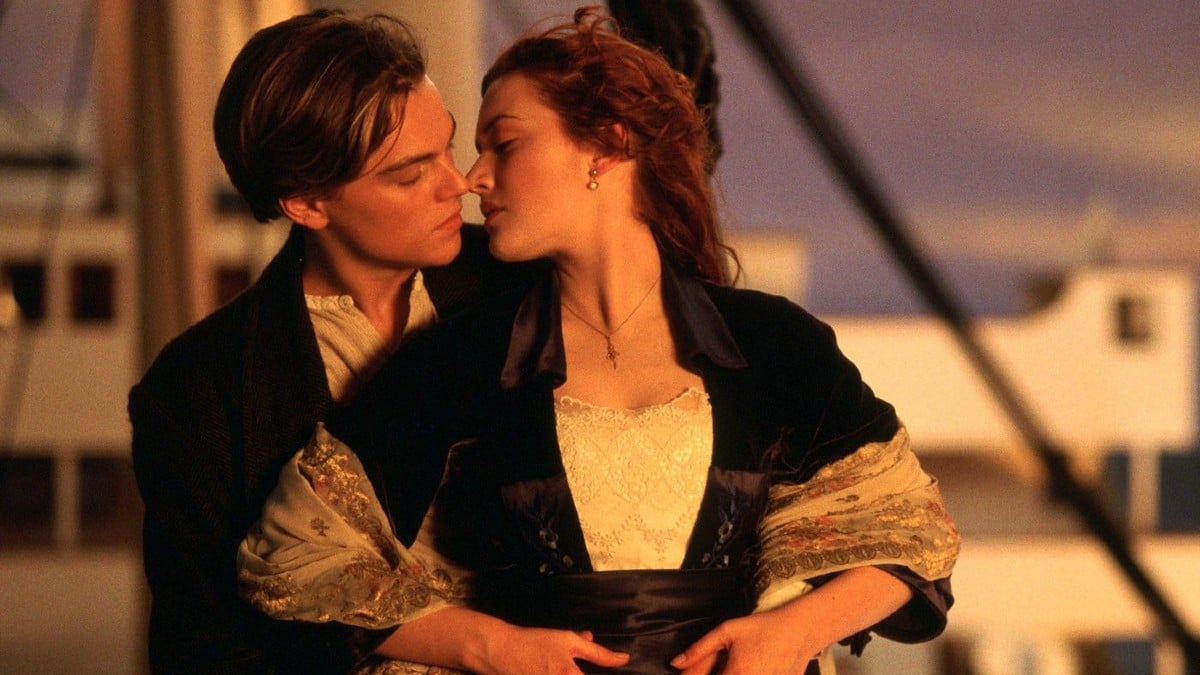
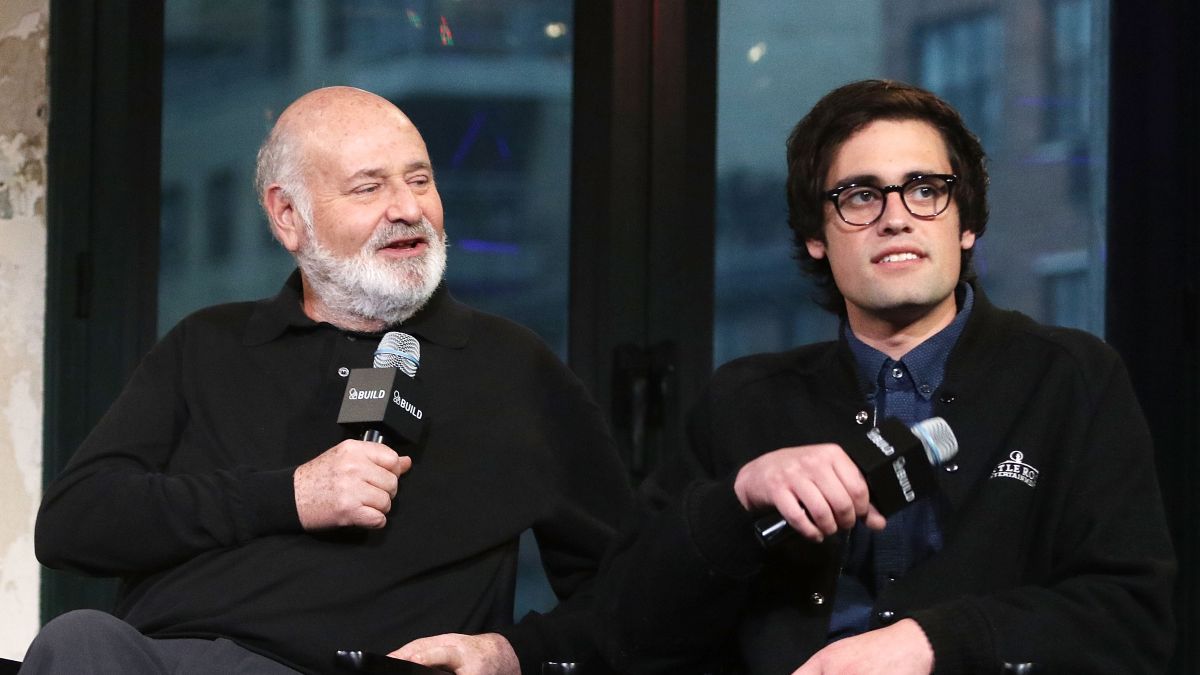
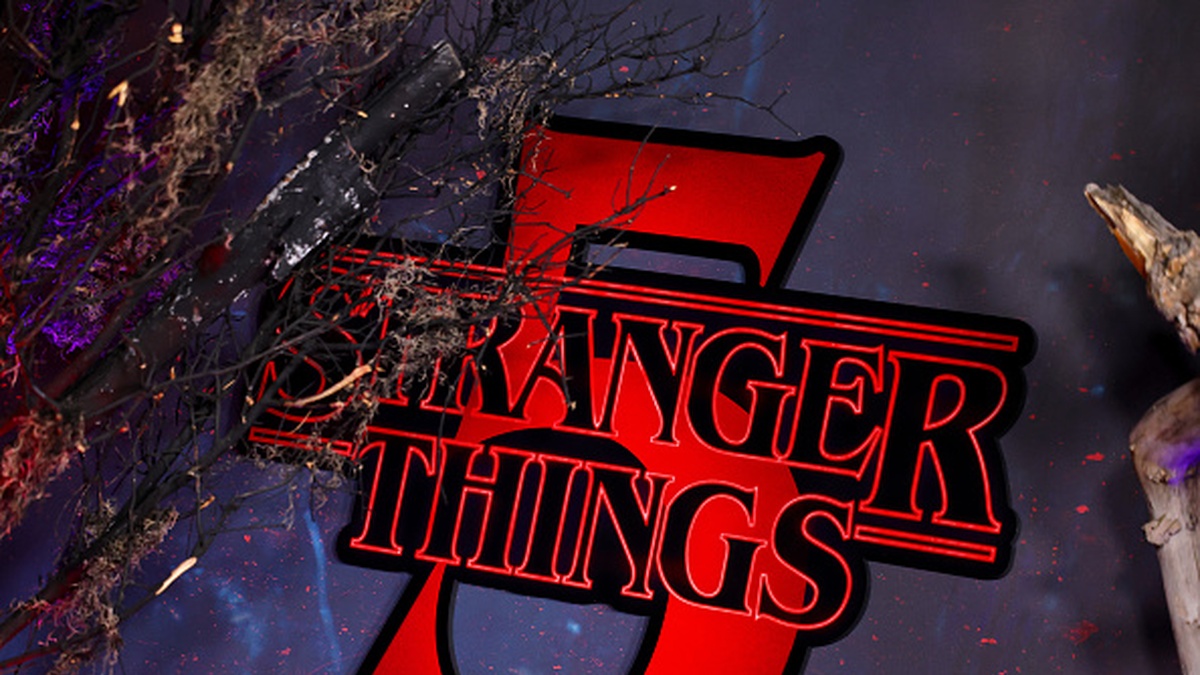
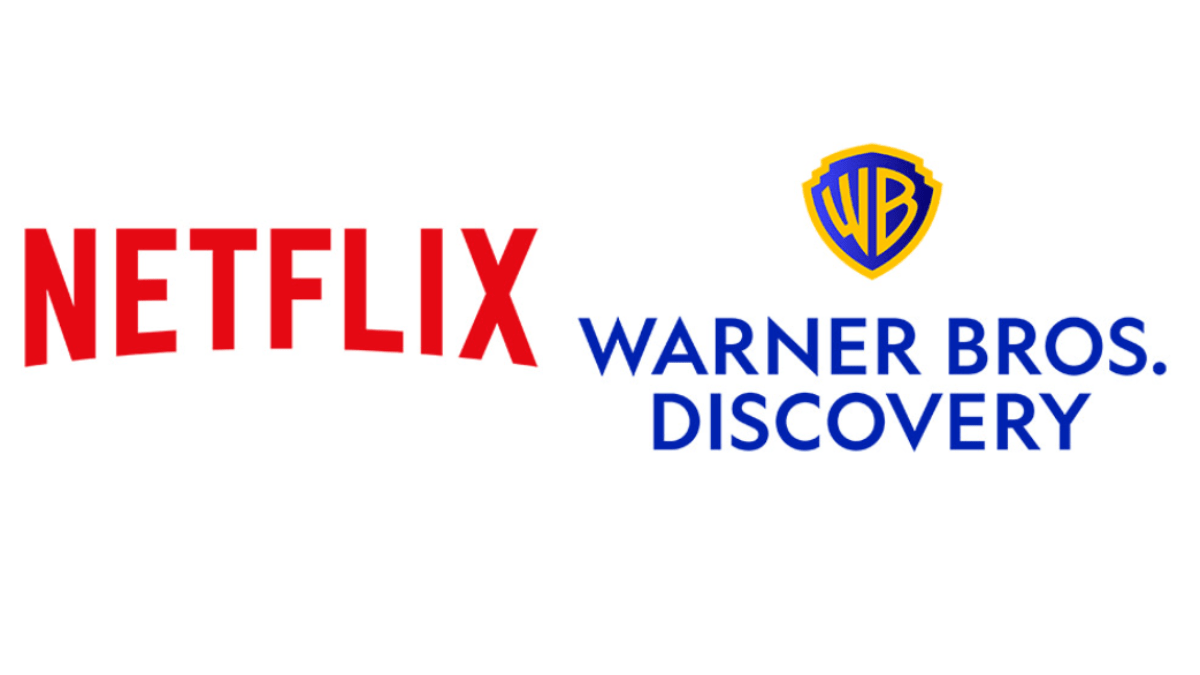
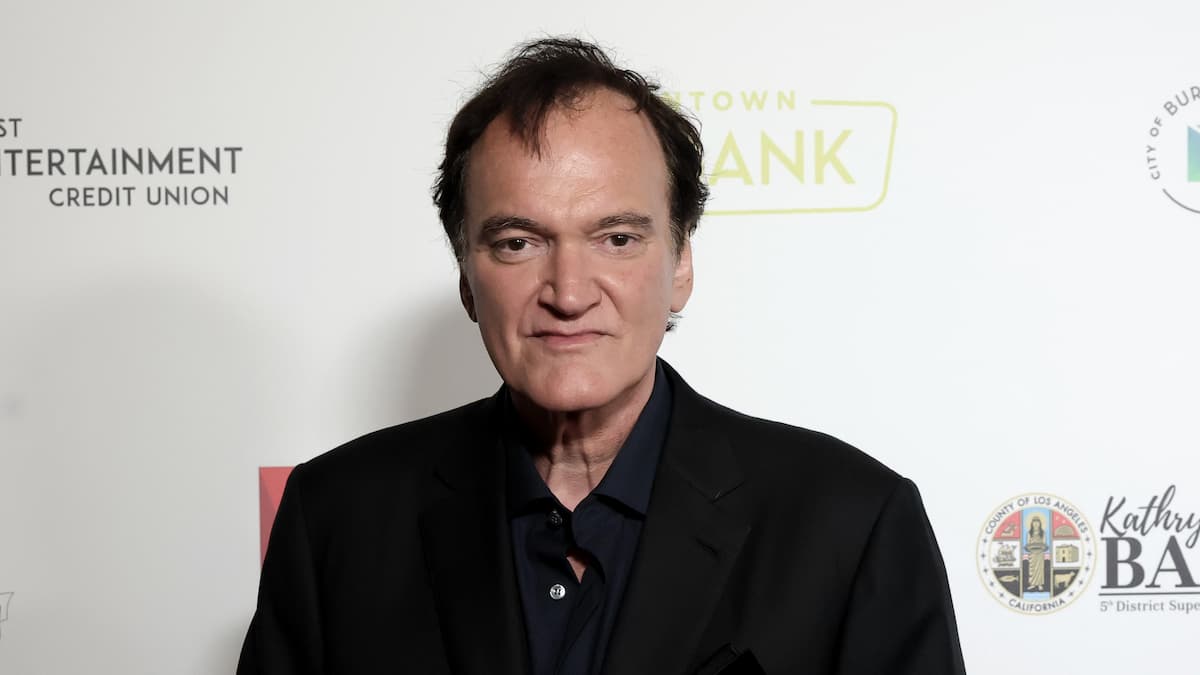
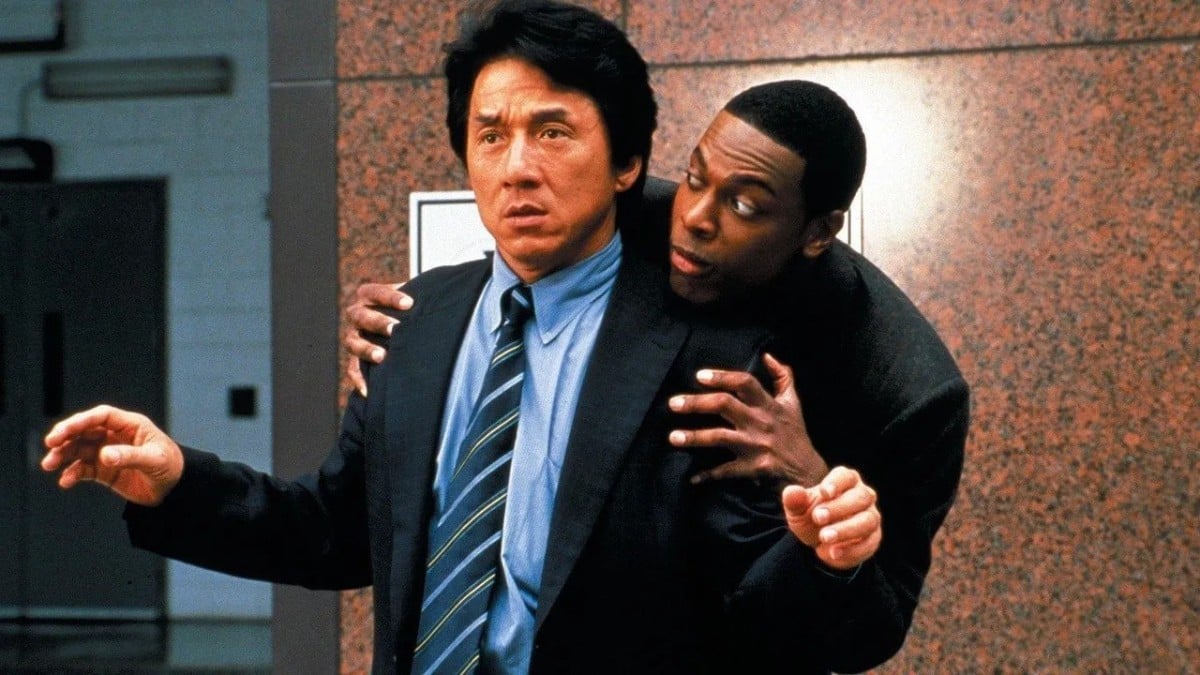
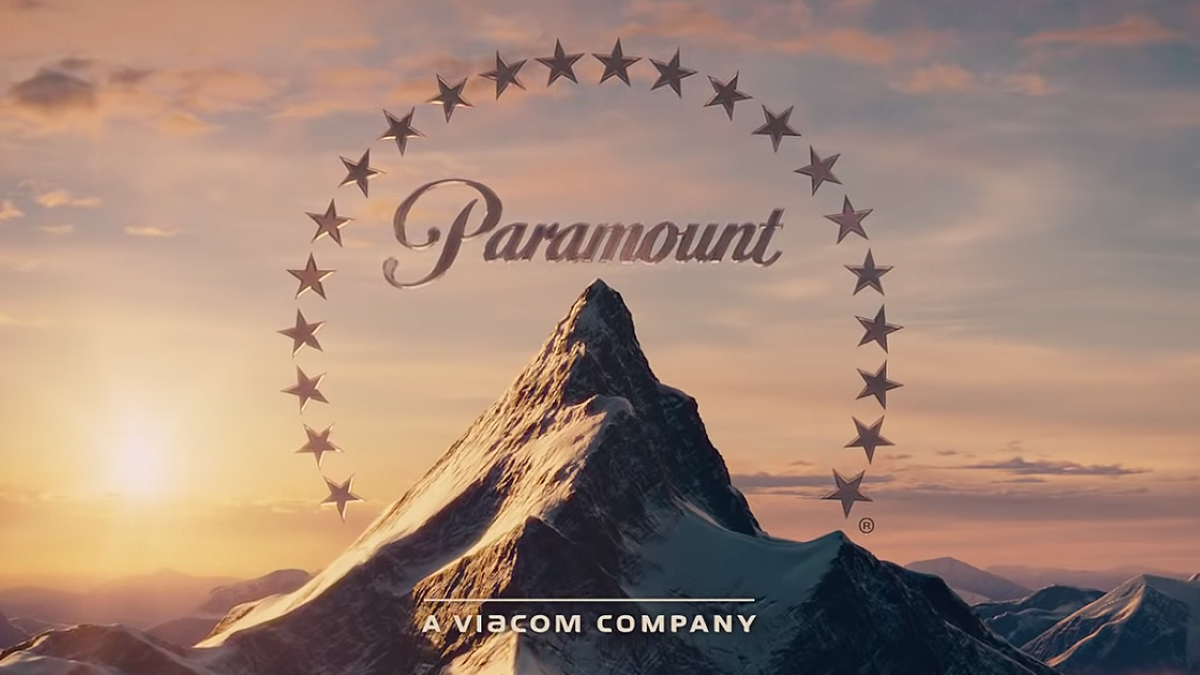
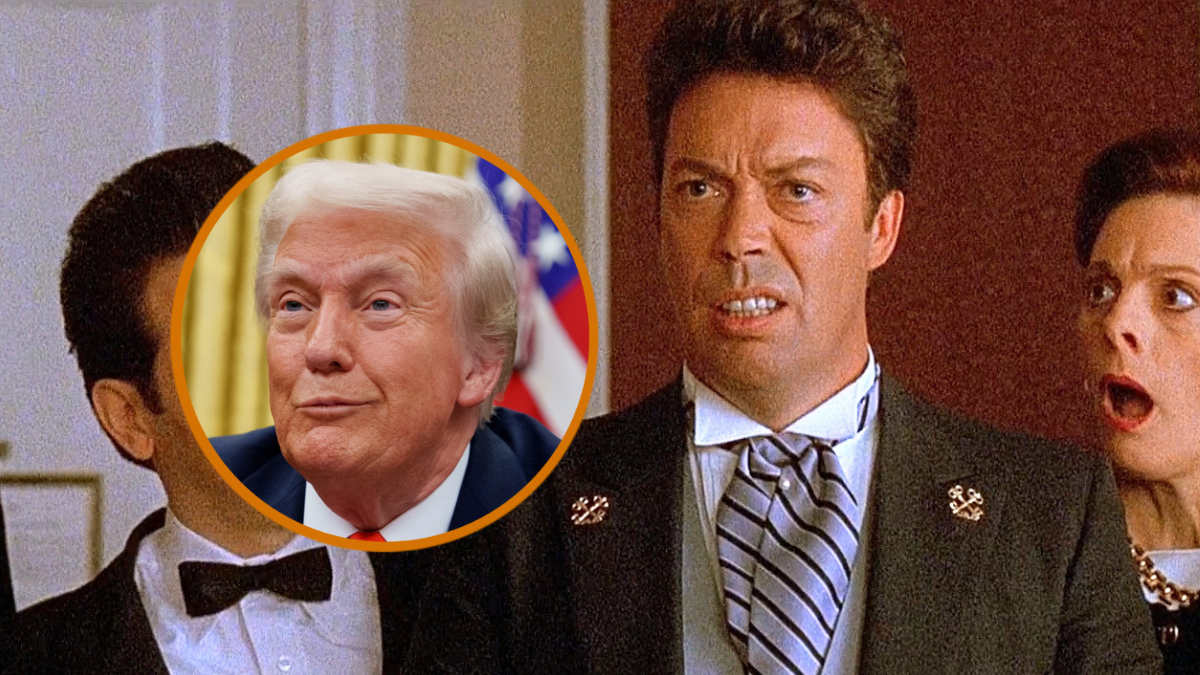
Published: Nov 3, 2014 11:54 pm